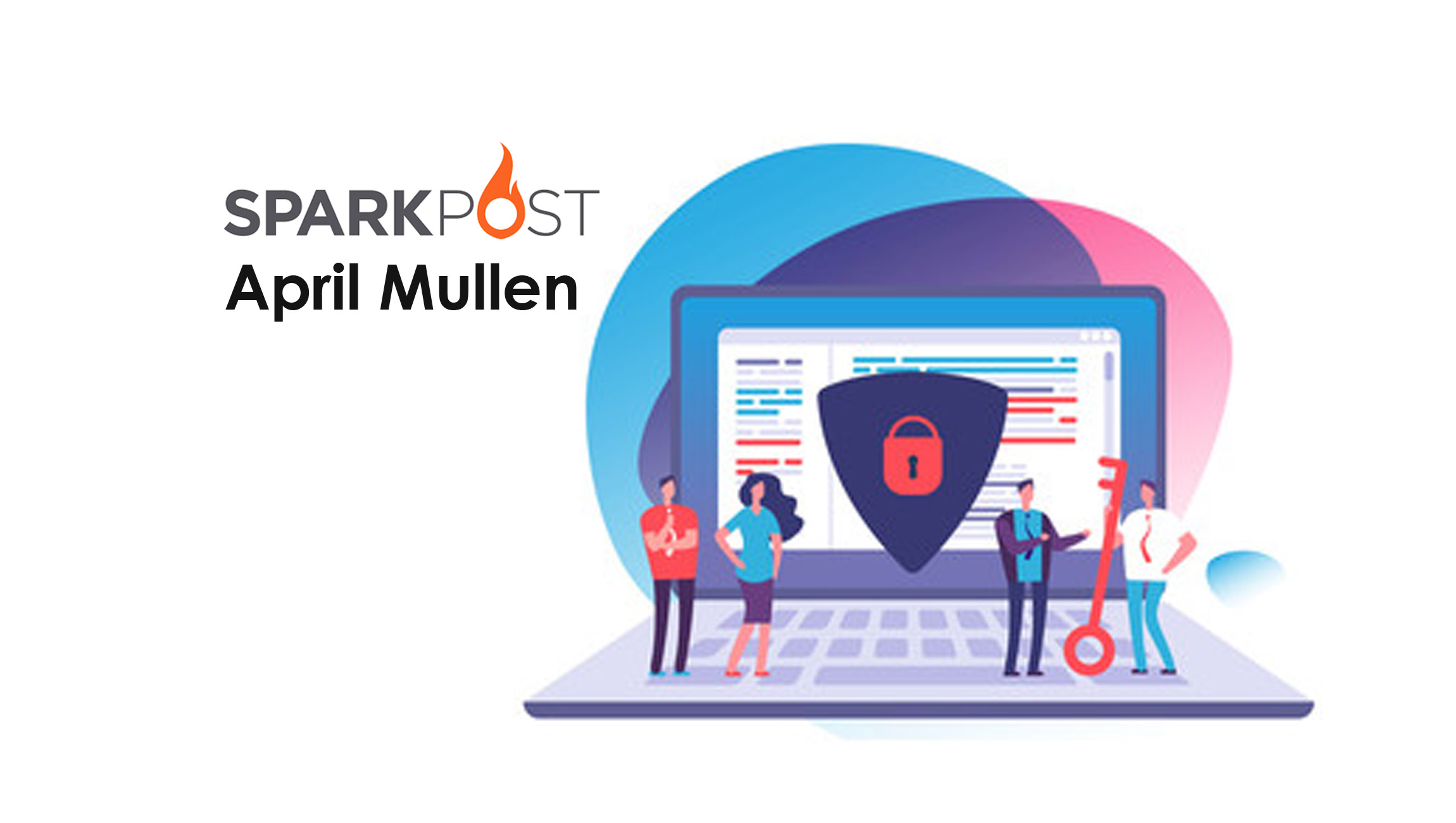Personalisation has been at the top of email trends for years, and 2022 will be no different. We all want to connect to our audiences on an individual level, delivering an experience that’s relevant to them and their interactions with our brands. However, it’s becoming increasingly important (and challenging!) to execute effective and relevant personalization in an email landscape where privacy concerns and suspicion of data practices are also becoming more prevalent.
Marketing Technology News: SparkPost Global Survey Reveals 74% of Marketing Leaders Concerned with Impending Privacy Changes
Consumer privacy changed over recent years
The overall fragility of privacy – regulations, consumer behavioural shifts, and big changes coming from the likes of Apple and Google – are having both short- and long-term implications on business. Changes in privacy regulations and a shift in consumer perception of personal data are a big factor in marketing leaders’ commitment to invest in earned and owned marketing channels.
Email continues to grow in importance for CMOs, as many audiences have leaned on it for information and connection throughout the pandemic. The boom of email in the early stages of the pandemic shows no signs of slowing in 2022 and beyond. Marketing teams are therefore prepping now for changes that are expected to come, with an overall approach of proactively respecting customer privacy.
In years past, email marketers have been viewed as siloed parts of the marketing organisation, but the tide is turning in a major way. Alignment across all marketing channels has skyrocketed in importance to marketing leaders in the last year, with 95% of leaders noting that email marketing specifically is more tightly aligned with the marketing ecosystem compared to last year (see our 2022 Benchmark report here for more information: Email in 2022: The trends, behaviors, and benchmarks driving email forward).
Businesses are now committing to investing more in earned and owned marketing channels
Businesses, for the most part, are bouncing back to pre-COVID levels, but marketing leaders are shifting where budgets are spent. Last year, according to our industry benchmark report, only 42% of leaders were optimistic that economic recovery was within reach. But now 63% are saying their budgets and priorities reflect pre-COVID levels. Priorities are shifting in that advertising and wide-net marketing efforts like social media marketing don’t have as big of an impact as in years past. Instead, they are investing in building out content and branding, which points to organisations knowing the value of investing in themselves.
Changes to privacy regulations affect marketers
We don’t anticipate a lot of changes at the regulatory level this year. What is interesting is seeing what the tech giants are doing, which has been influenced by regulations like GDPR. We’re seeing it with third-party cookies being blocked at Mozilla and Apple, as well as plans to eliminate that type of tracking at Google in 2023. In the AppStore, Apple has made it possible for users to stop tracking by apps. And the latest development has been with Apple’s Mail Privacy Protection that allows users to opt out of their email opens being tracked. These changes will continue to come which means that marketers will need to invest in zero and first-party data, trust and create an overall sense of community for their customers. Brands that try to subvert the wishes of consumers will end up losing in the end, all for getting a crippling amount of data that isn’t always helpful. But being human is helpful.
Marketing Technology News: SparkPost Achieves ISO 27001 Certification in Latest Commitment to Global Security
Providing better personalized experiences
Opens aren’t the only way to gauge the viability of list engagement but they are the highest in the email conversion funnel. This means more people will be culled from email lists due to a lack of engagement by way of clicks and behaviours in other channels.
Subject line testing that relies upon open tracking will no longer be an easy thing to test. Metrics like clicks and conversions that are further down the funnel from the subject line will have to be used. Companies that use Natural Language Processing to optimise subject lines will need to rethink their strategy to update the algorithms that support the effectiveness of their products. However, subject line testing that relies upon data from panel engagement will continue to provide relevant insights and predictions.
In terms of managing email lists, without access to opens, senders will need to rely on clicks and deeper behaviours to know if a real human is still there and interested in the content. A lack of opens have long been an important leading indicator of user disengagement which promoted early removal/retargeting of disengaged users. Some senders might even fall into bad sending practices by not having this metric to use for segmentation. Those who aren’t ready for this may find these news ways challenging. It may be that looking at each recipient’s engagement across channels will be a way of telling if they are interested in engaging with you.
Send-time optimisation often takes opens into account as part of its algorithm to determine the right time to send the email based on open and click engagement. Technologies that power this capability will need to ensure they are updating their algorithms to pull out open engagements for iOS15 users. It’s so important that marketers check with any vendors they’re working with on how they plan to handle this, as other innovations such as weather widgets, store locators and trackers that detect which OS you use could also be impacted.
Finally, actually getting emails to the inbox is not more of a challenge – simply just assuming your emails have landed in the inbox based on opens will no longer be reliable. Having a sufficient deliverability tool so you have these metrics at your fingertips will be crucial in mitigating the impact of the iOS15 privacy changes. You’ll also need deliverability analytics to understand the health of your list to ward off deliverability risks.
Overall, more sophisticated forms of email content are really gaining traction, which requires you to be on your A-game to stay relevant – more personalised messaging means more engagement – which also means better deliverability, more conversions, and a stronger community for your brand.
Building those long-lasting and trusting relationships between brands and customers through personalised experiences will be key in retaining and attracting subscribers. Ultimately, brands that employ personalization in a responsible way that truly drives value to customers and isn’t self serving to the brand, will have happy customers.
Marketing Technology News: The Rise of Behavioral Data: Key Data Trends Reshaping MarTech and CX in 2022
About April Mulllen
April Mullen is currently the Director of Brand and Content Marketing at SparkPost. She has 15 years of experience working in email for brands, agencies and in martech.
Outside of SparkPost, Mullen has been an Adjunct Professor of Digital Marketing at the University of Missouri-St. Louis since 2013. In June of 2016, Mullen co-founded Women of Email, an organization with over 6,000 members on six continents that is aimed at driving positive change for women in the email marketing niche.
Mullen was named to DMNews’ 40 Under 40 list in 2018 and DMNews’ 2019 Marketing Hall of Femme Women to Watch list. She contributes thought leadership at conferences and through writing for industry publications, including Forbes and MediaPost.











